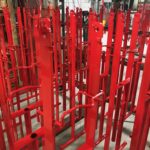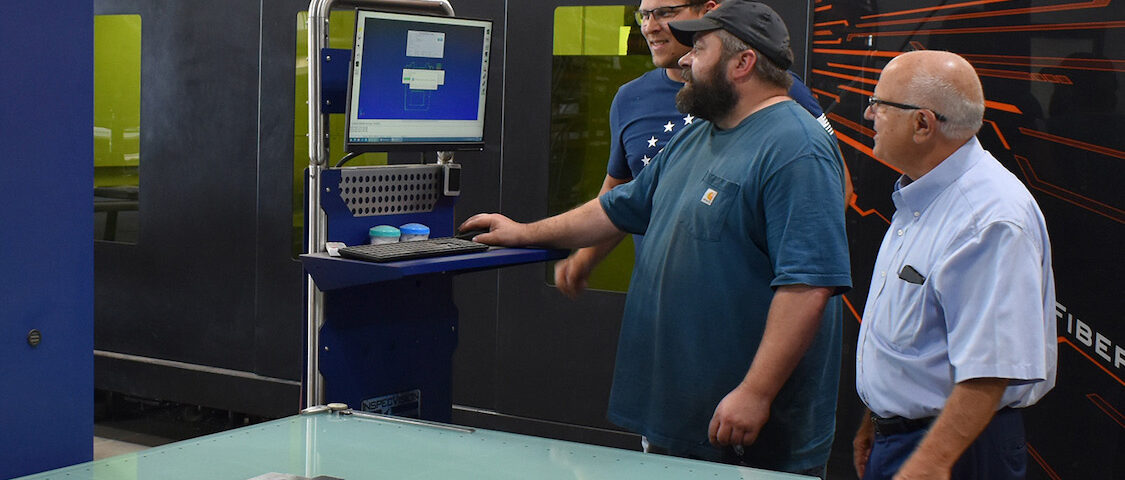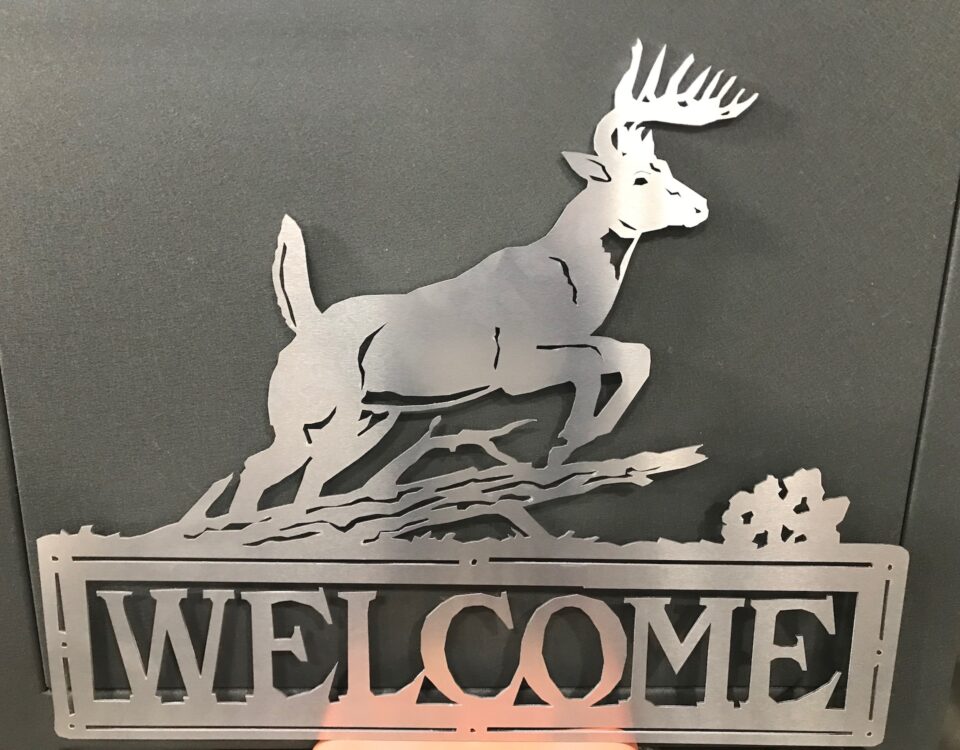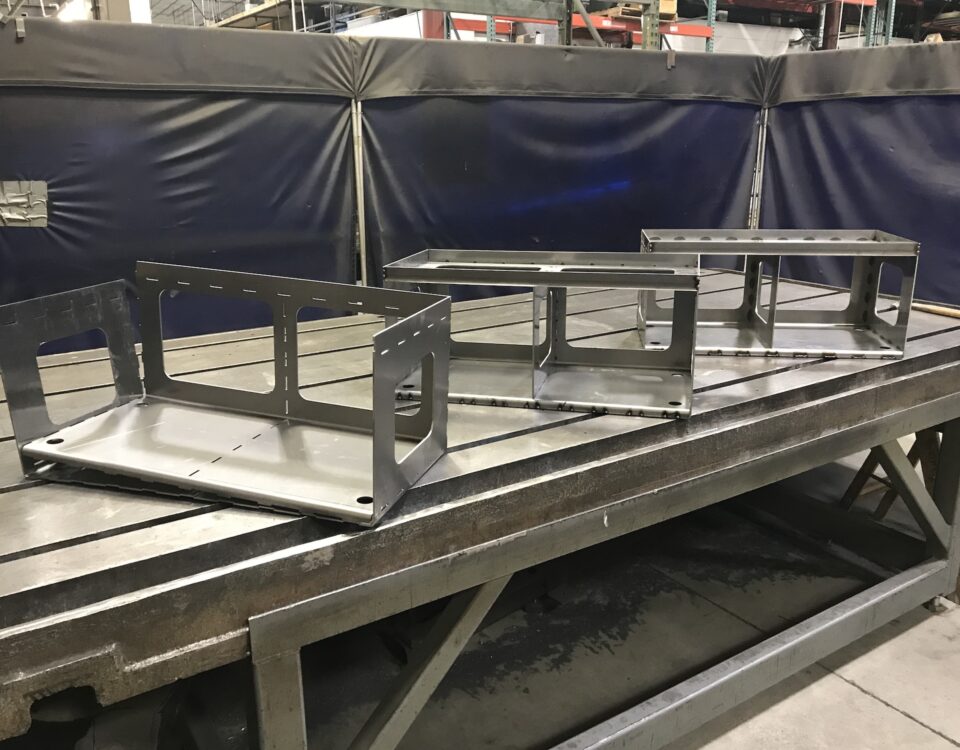
How to Choose the Right Metal Fabrication Partner for Your Project
July 31, 2025
Powder Coating: A Durable and Eco-Friendly Alternative to Paint
September 30, 2025In the sheet metal fabrication industry, two cutting technologies dominate: laser cutting and waterjet cutting. Each method has unique strengths, making the choice an important factor in achieving the right results for your project.
At Atscott Mfg, located in Pine City, MN and proudly serving the entire Twin Cities, we specialize in fiber optic laser cutting, but we also understand when waterjet cutting is the better option. Below, we’ll break down how each method works, the pros and cons, and the top factors to consider when choosing between them.
What Is Waterjet Cutting and When Should You Use It?
Waterjet cutting—often called “waterjetting”—uses a high-pressure stream of water mixed with abrasives like garnet or aluminum oxide to cut through materials. This method is so powerful it can slice through ceramics, diamonds, and tempered glass.
Pros of Waterjet Cutting
- Cuts a wide variety of materials and thicknesses
- Lower cost than laser cutting
- No heat distortion since it’s a cold cutting method
Cons of Waterjet Cutting
- Edges may be jagged or rough
- Less precise than laser cutting
- High pressure can deform thin or delicate materials
What Is Laser Cutting and When Should You Use It?
Laser cutting uses a fiber optic laser beam that’s amplified through a focal lens to deliver clean, highly precise cuts. Our shop’s laser system is engineered specifically for metal fabrication, making it ideal for parts requiring tight tolerances and fine detail.
Pros of Laser Cutting
- Faster and more accurate than waterjet cutting
- Can engrave and etch for design or marking
- Delivers clean, smooth edges
Cons of Laser Cutting
- More expensive than waterjetting
- Generates heat, which can deform thin materials
- Limited thickness capability compared to waterjet
4 Key Factors When Choosing Between Waterjet and Laser Cutting
The best cutting method depends on your project’s requirements. Here are the top considerations:
1. Material Thickness
- Laser Cutting: Up to 0.375″ (3/8″) with precision
- Waterjet Cutting: Handles thicker materials but with less accuracy
2. Heat
- Waterjet: Cold cutting—no heat damage, but may warp thin parts due to pressure
- Laser: Generates heat, but water-assist features and punch tools can reduce thermal effects
3. Precision & Accuracy
- Laser Cutting: Tolerances as tight as 0.002″ with beam widths as small as 0.001″
- Waterjet Cutting: Tolerances around 0.008″, with wider kerfs (0.020″)
4. Speed
- Laser Cutting: 20–1000″ per second, depending on material
- Waterjet Cutting: 1–20″ per second
Which Cutting Method Is Best?
There’s no universal winner—the right method depends on your project’s goals. If you need extreme precision and speed, laser cutting may be the best fit. If you’re working with extra-thick or heat-sensitive materials, waterjet cutting could be the smarter choice.
At Atscott Mfg in Pine City, MN, we offer both laser cutting and waterjet cutting services, delivering precision sheet metal fabrication to customers across the Twin Cities and beyond.
👉 Request a quote today to get started on your next project.



